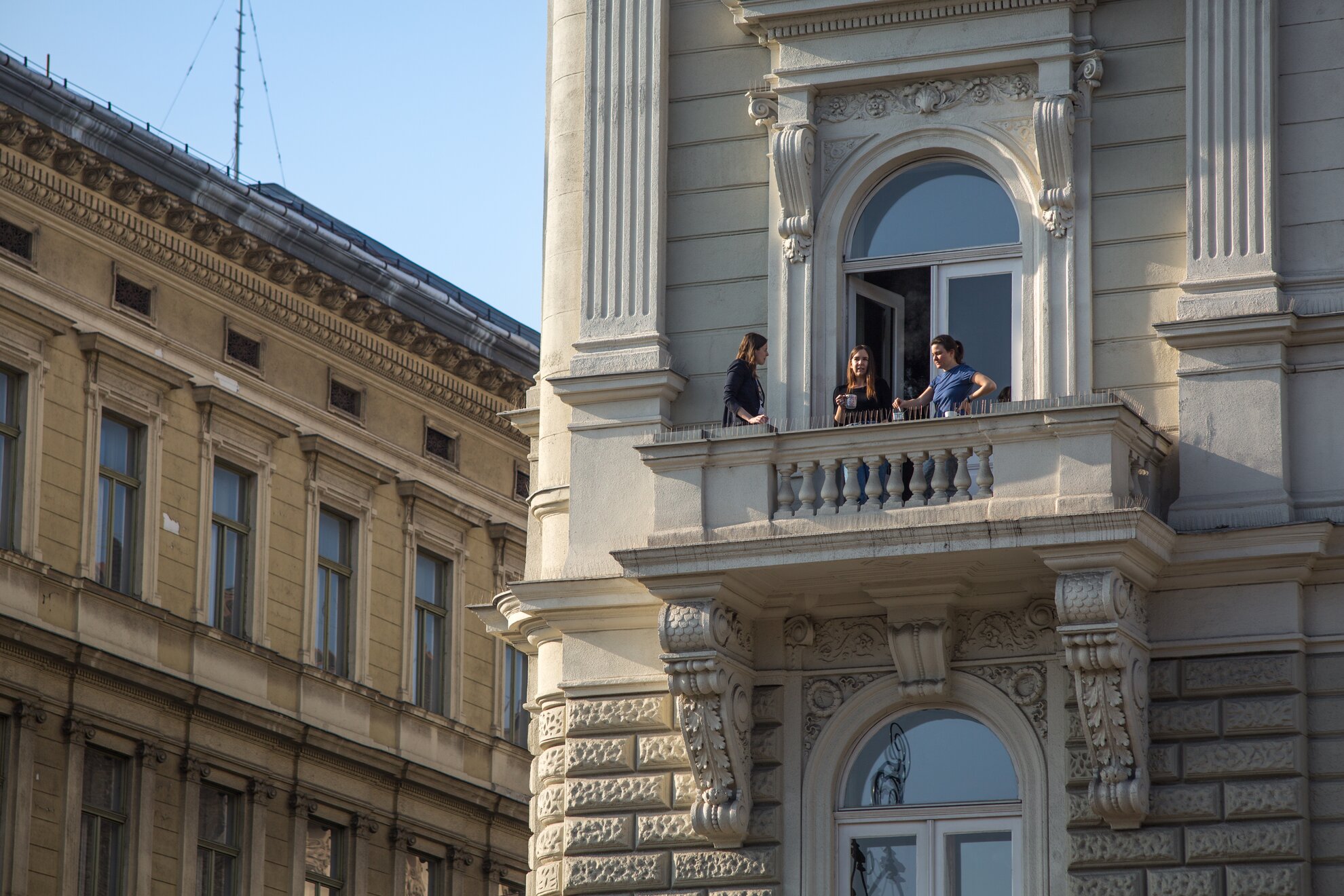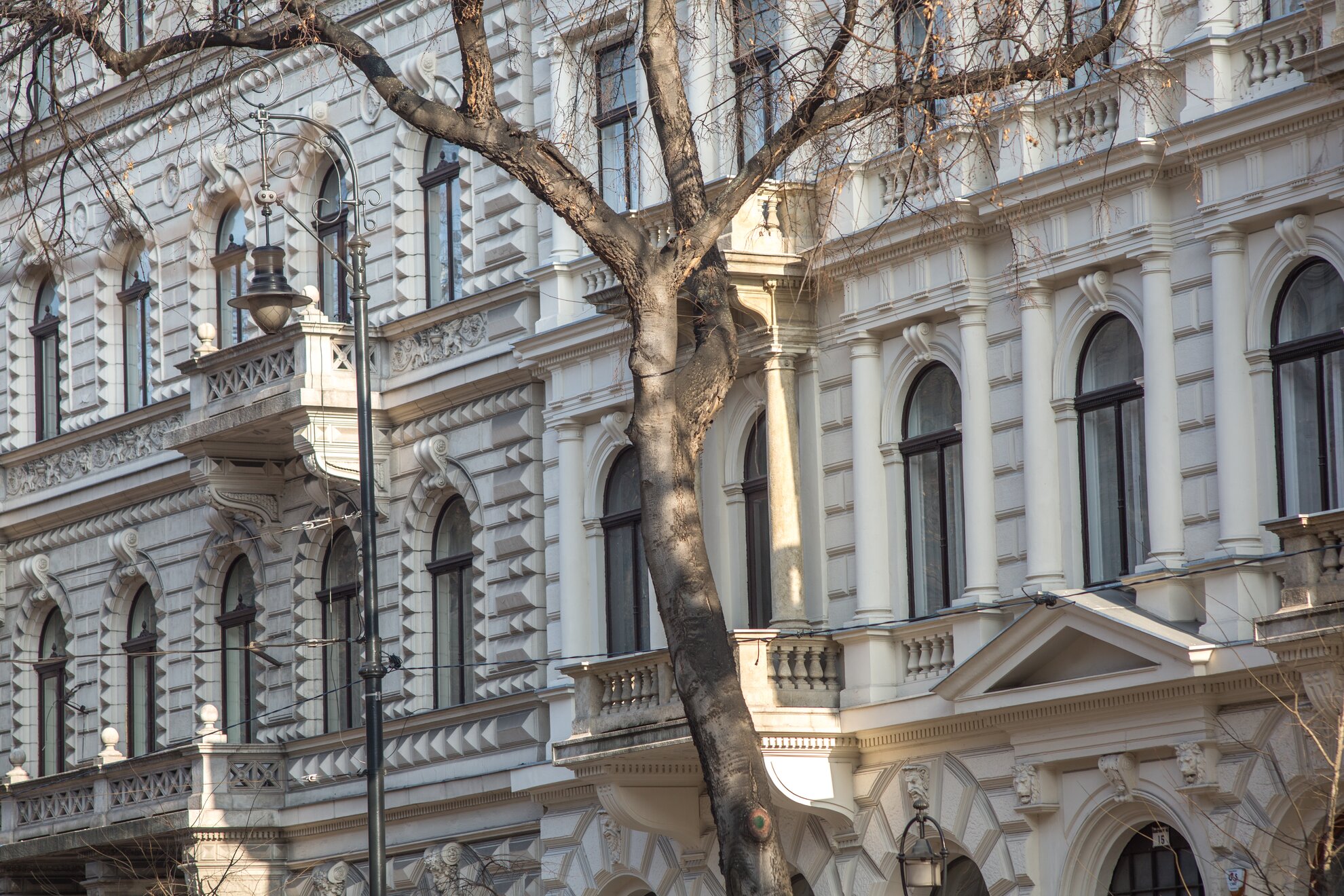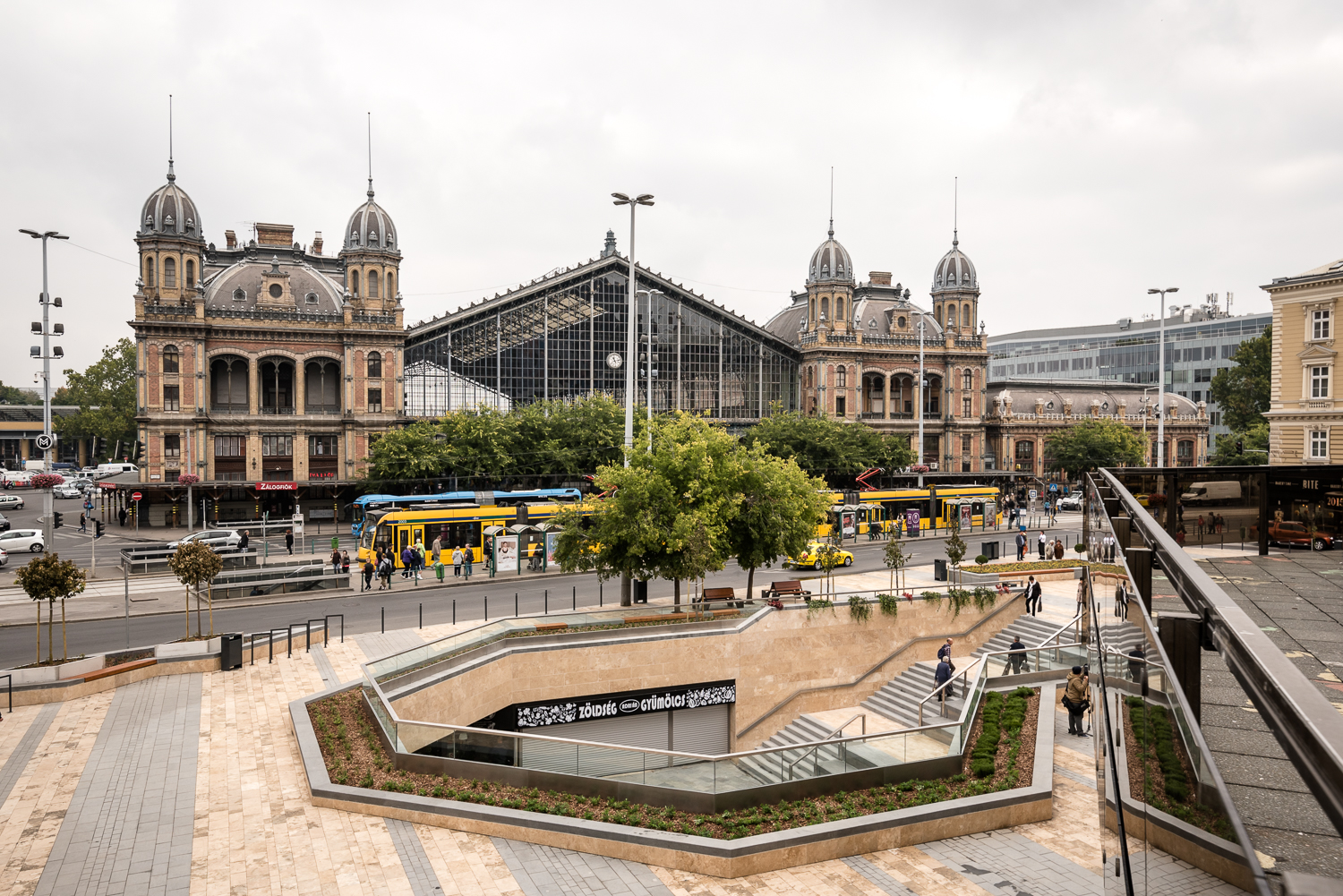Tree-lined Andrássy út is one of Budapest’s main shopping streets, with couture fashion, fine restaurants, theatres and embassies all dotted along the avenue’s length. On warm summer days, tourists and locals come here to see and be seen, sip coffee and browse the boutique shops.
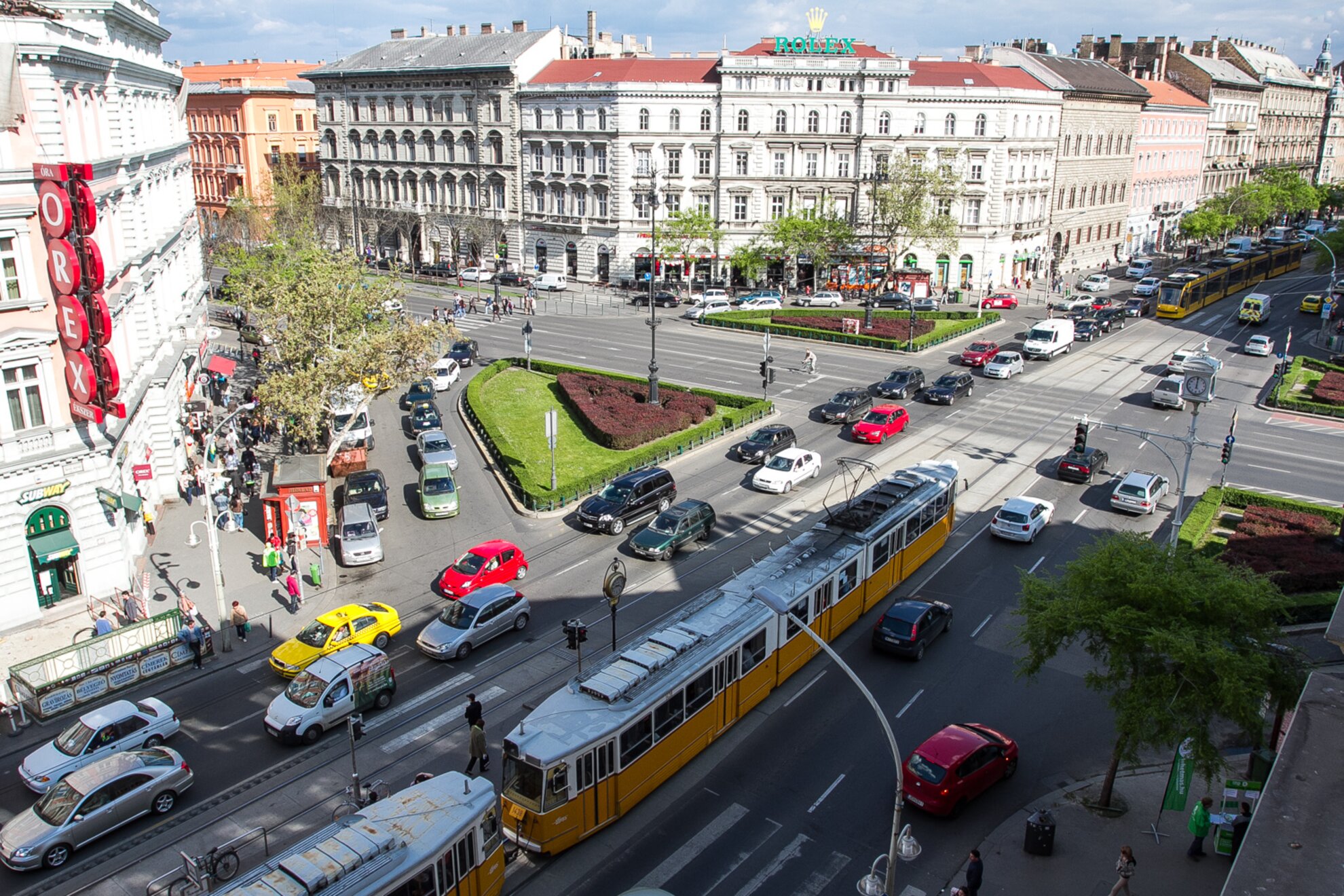
The Millennial underground, or the yellow M1, runs beneath Andrássy,
the first of its kind in mainland Europe. The railway was built between 1894
and 1896, making it only the second after the London Underground.
The M1 was
inaugurated on May 2, 1896 by Emperor Franz Joseph, and its original purpose
was to provide easy access to the millennial celebrations around Városliget without affecting Andrássy
above ground.
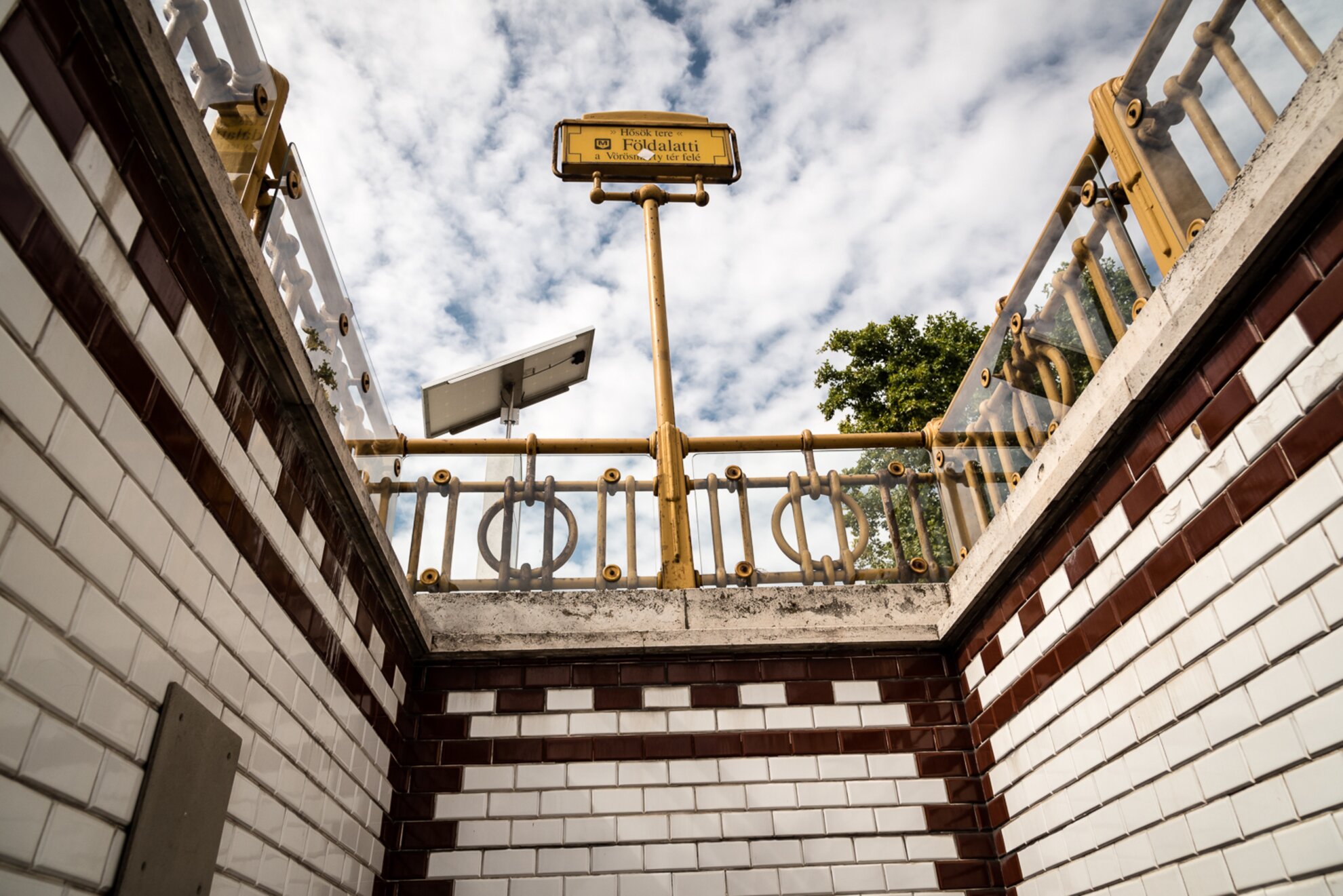
Some of Budapest’s wealthiest families built their stately villas along Andrássy in the 1800s, and today many of those have been transformed into foreign embassies or business headquarters.
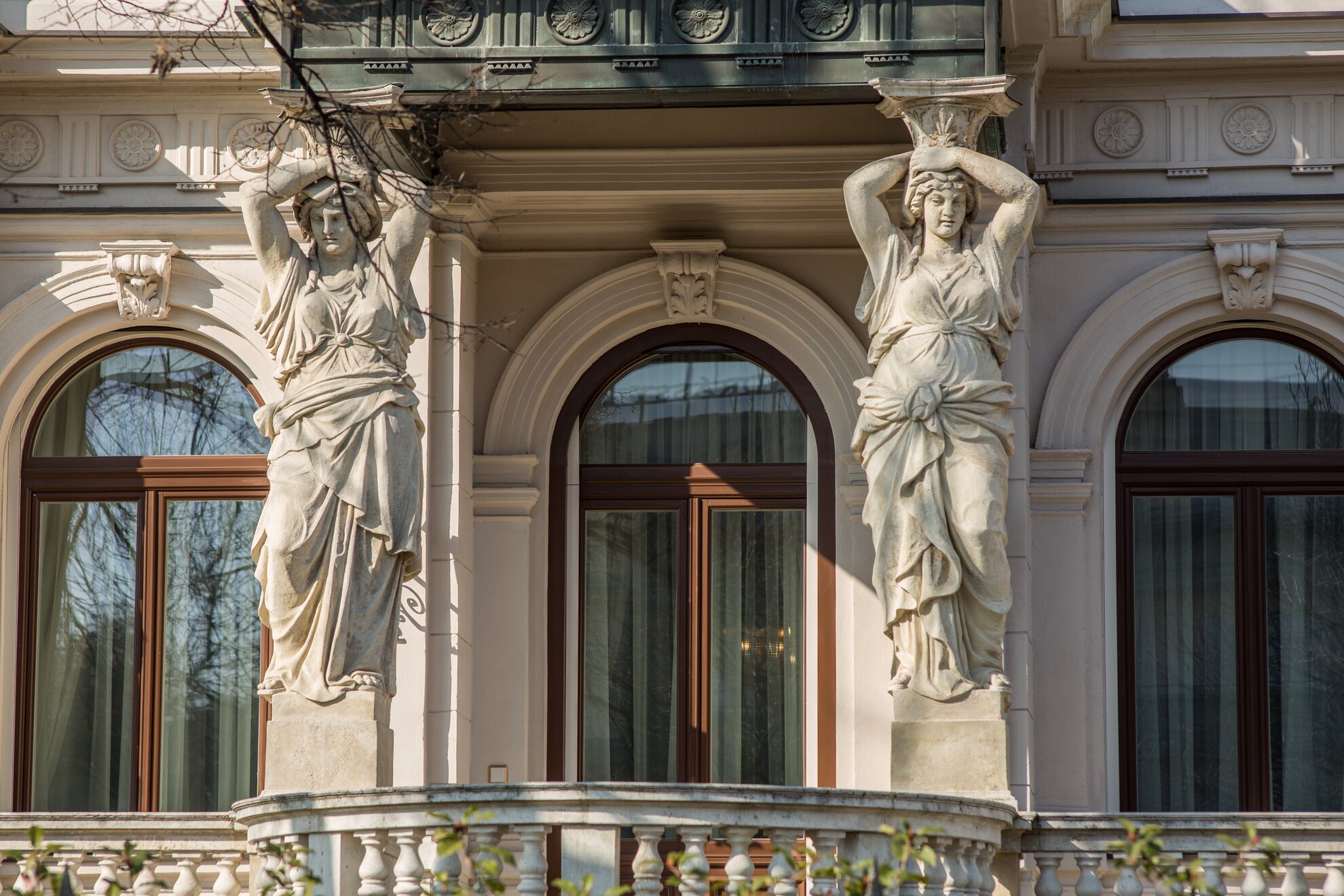
Other historical buildings can be found here as well, including the Franz Liszt Music Academy. Originally the academy was built on Andrássy, relocating to its current location in 1907. It is well known for its Art Nouveau façade, behind which operates most prestigious music university in Hungary.
Nearby is the Hungarian State Opera House, a Neo-Renaissance
masterpiece currently under renovation. The building was designed by Miklós
Ybl, a major figure of 19th-century Hungarian architecture.
The statues on the
roof represent famous composers, including Mozart and Beethoven, and the beautiful
majolica decorations of the façade gallery were created by Vilmos Marschenke.
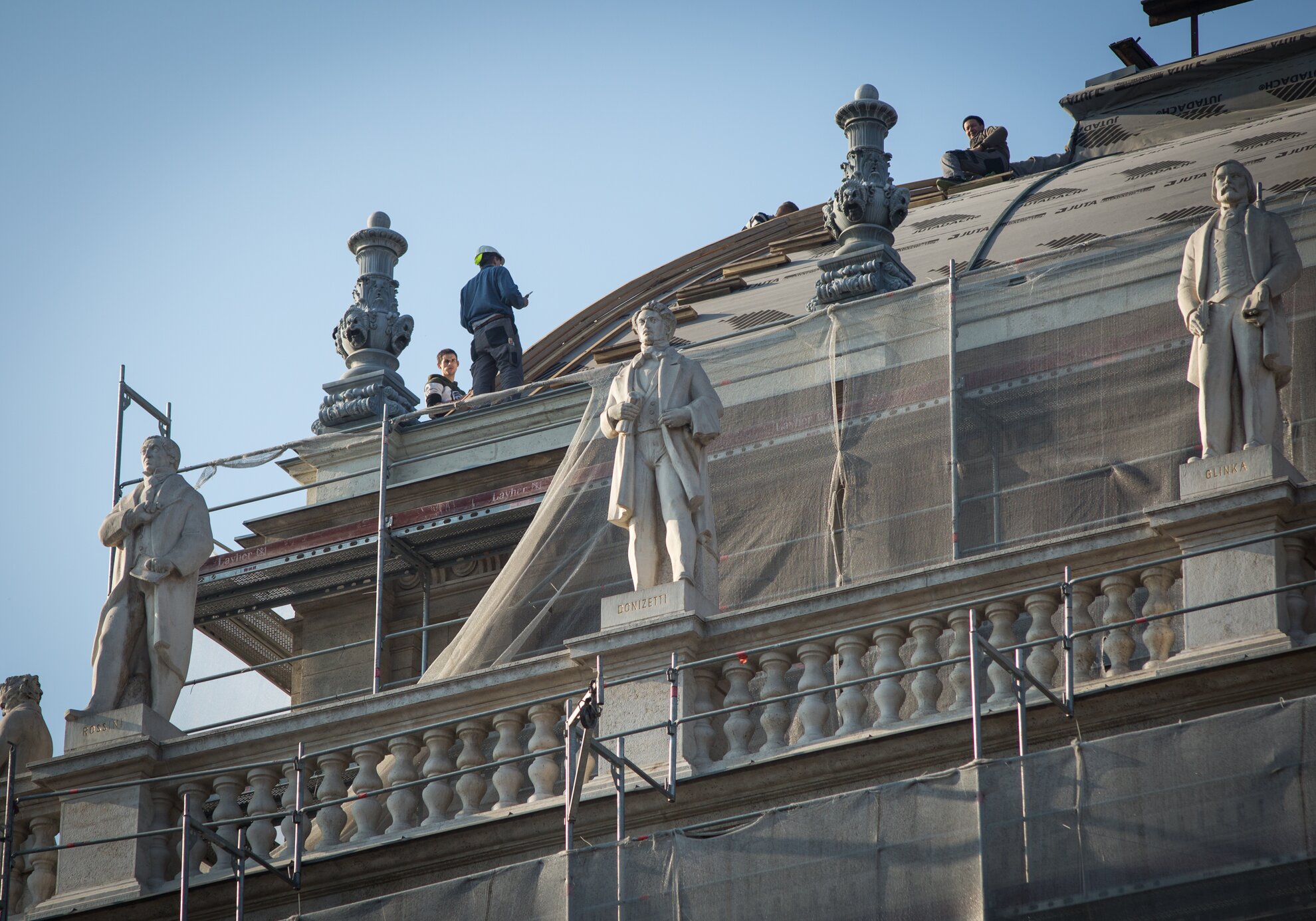
This is also where you find Nagymező utca, nicknamed Budapest Broadway due to the large number of theatres operating along it! This includes the Budapest Operetta Theatre and the Thália, where one of Hungary’s most famous comedians, Géza Hofi, is honoured with a unique statue showing the performer locked dancing with the grim reaper. Alongside stands the historic Hungarian House of Photography.
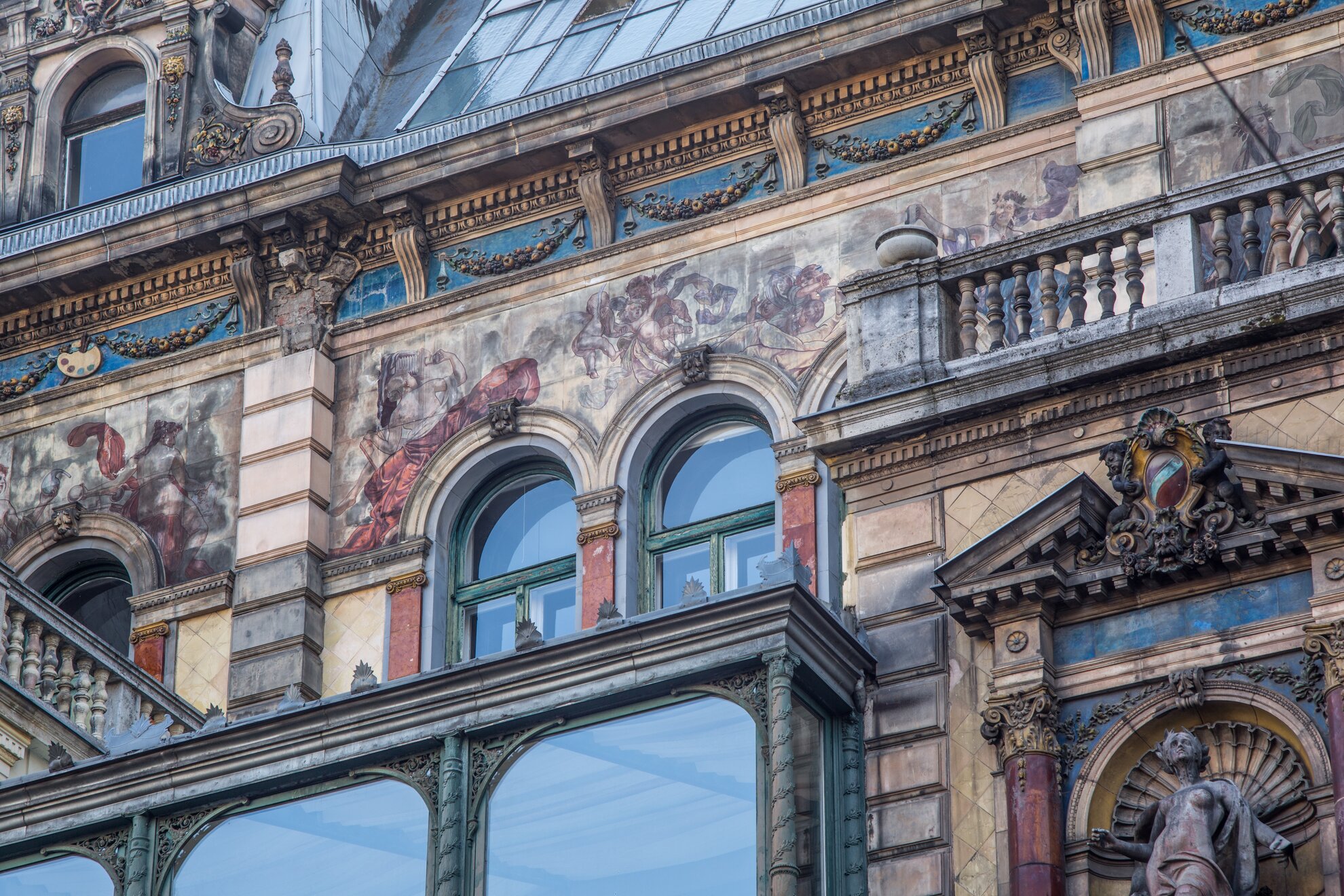
Continuing down the boulevard, bustling Oktogon is a major intersection in Budapest. It is named after its octagonal shape. The square has undergone numerous name changes – including nods to Mussolini during the 1930s.

Here, the 4-6 line – the busy tram route running through the city – connects to Nyugati, one of the key long-distance train stations in Budapest. Nyugati is also under renovation, but one interesting feature still visible is the lavishly ornate McDonald’s which operates out of one wing. The station was built by the Eiffel Company of Paris fame and links with the WestEnd shopping mall.
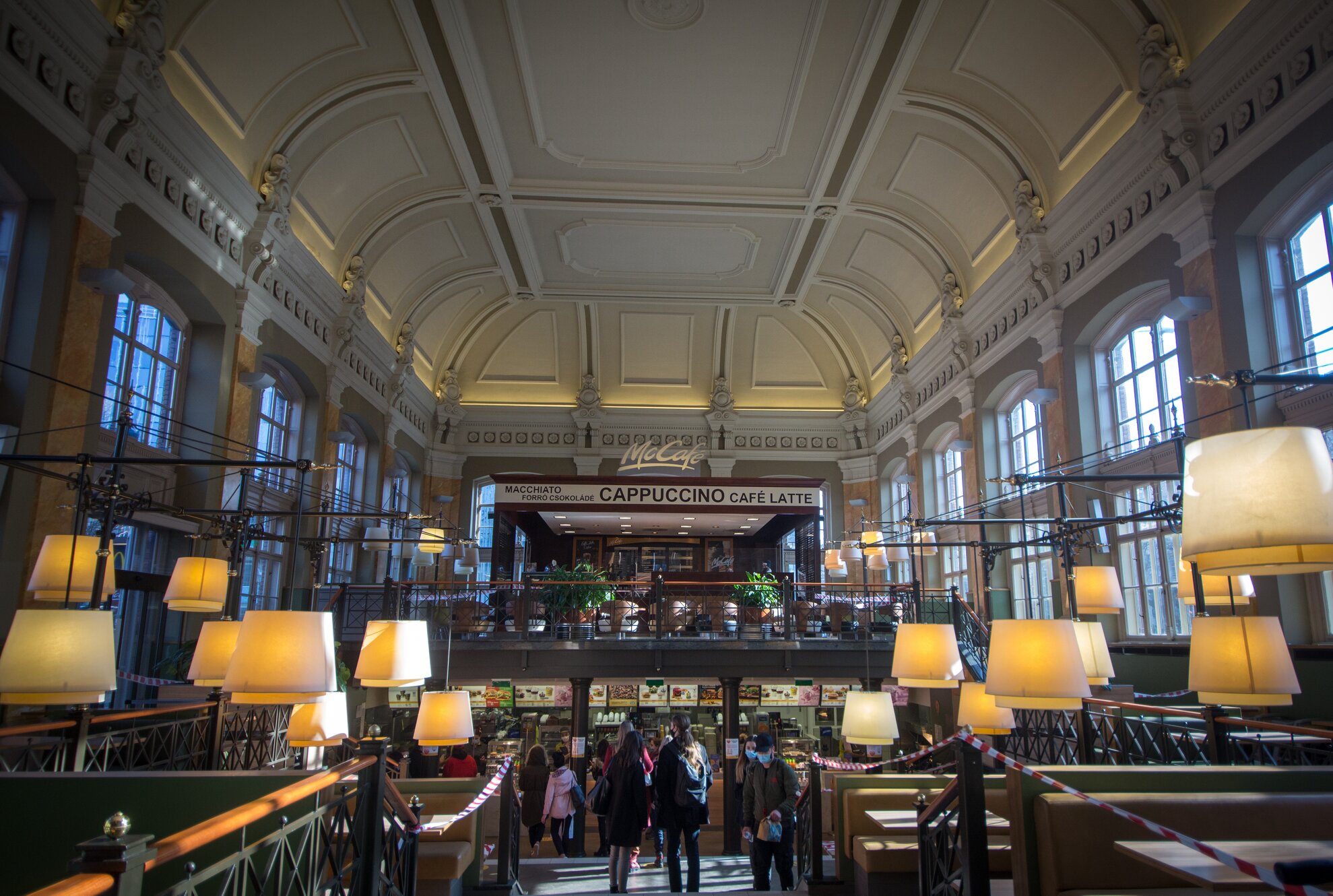
Not far from Nyugati is Hunyadi tér, whose market hall has just reopened after a major overhaul. The façade has also kept its original design, with ox and pigs’ heads standing out amid the stucco.
Another historical intersection in District VI is Kodály körönd, an elegant roundabout with some of the most intricate façades in the city. The old MÁV pension institution is a late 19th-century treasure, carried out by artist Bertalan Székely but currently in a sad state of disrepair.
A dark reminder of the past sits in District VI as well: the House of Terror, located at Andrássy út 60. This is the very building where victims of the fascist Arrow Cross and Communist Secret Police were tortured during World War II and after the 1956 Hungarian Uprising. Today, it is a museum outlining the brutality involved, giving visitors a better understanding of the country’s complex political background.
Another attraction along Andrássy is the Hopp Museum of Asiatic Arts. The collection was donated to celebrate the 150th anniversary of diplomatic relations between Japan and Austria-Hungary.
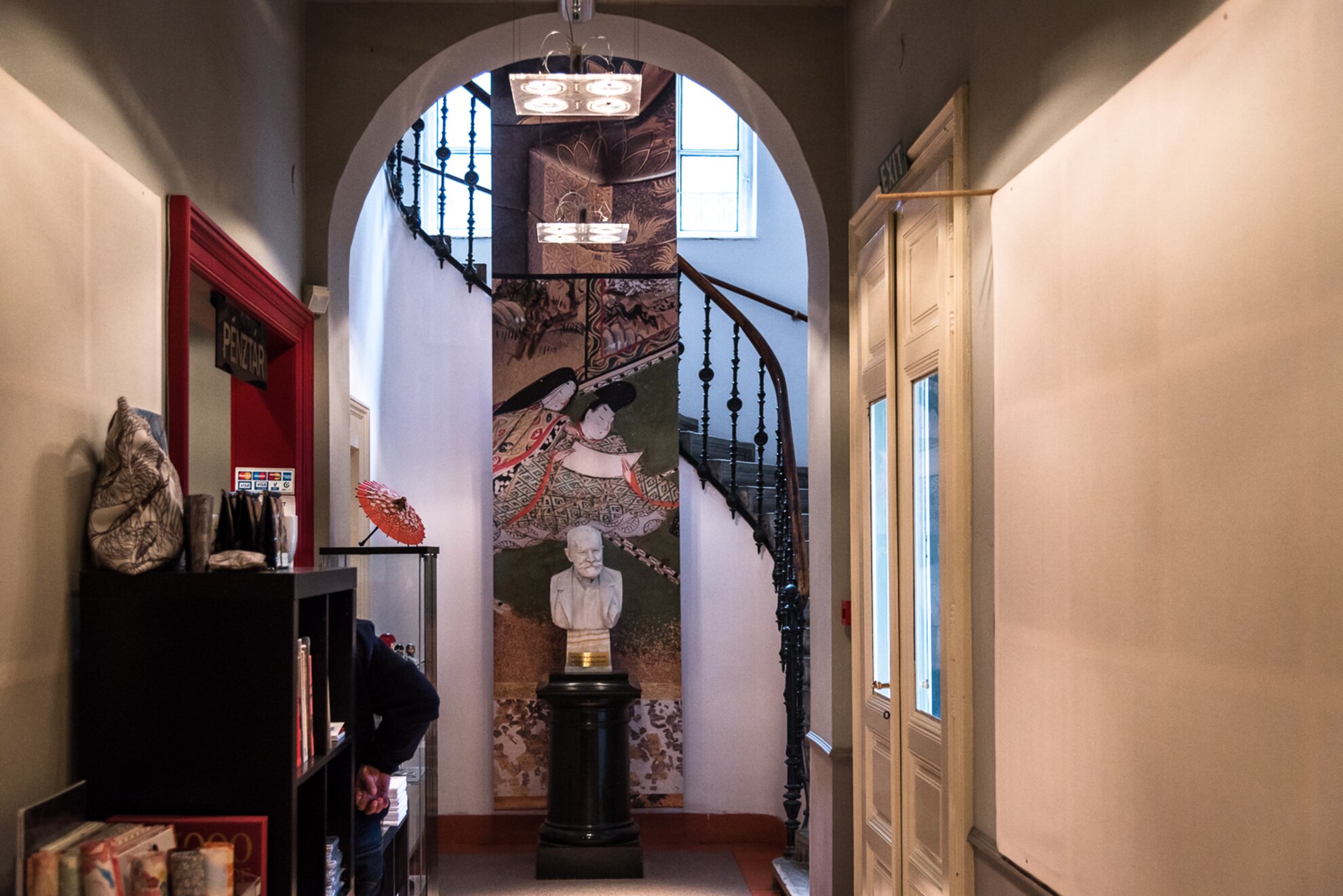
Finally, we reach the outer limits of District VI as we
approach Dózsa György út, with Heroes’ Square beyond. In fact, District VI is
the second-smallest district in Budapest, but one packed with history.
From palatial architecture and grand boulevards to museums, shops, theatres and
artwork, District VI attracts photographers and fashionistas alike to this
must-see part of town.

